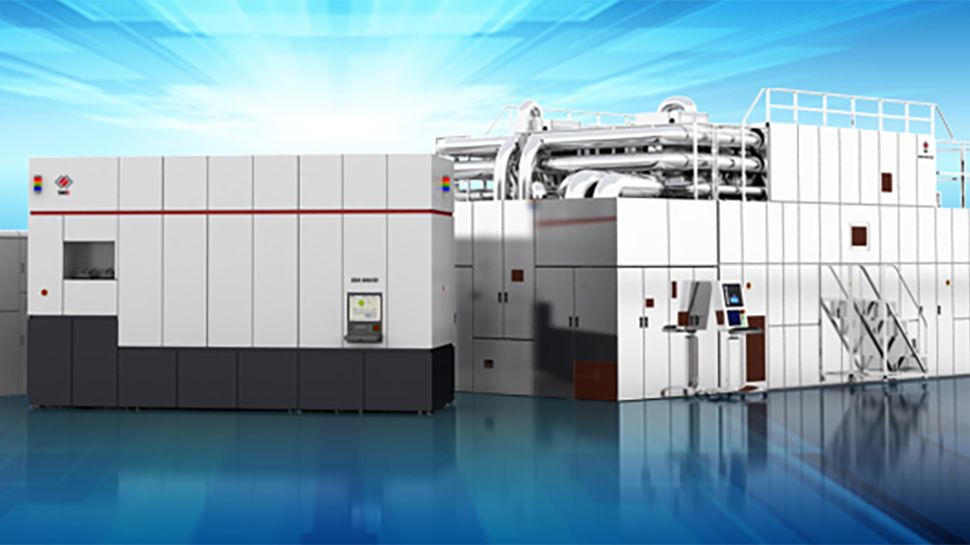Wow, the economics of SMIC 7 & 5nm keep getting worse as more articles come out about it. So not only are they quad patterning (which requires 4x the time, 4x the power, and 4x the masks), but by using etching and deposition to overcome DUV limitations, they are introducing processes that significantly increase defect rates (much harder to control for incomplete, under, and over-etching) as well as consumption of masks due to mask erosion as the etch chemical also acts on the mask material to a lesser extent.
I found this comment under the article. Can anyone more well versed in chip making technologies verify or elaborate? If this is true, then China still needs to go quite a bit further to overcome the chip sanctions.
I’m not an expert on this tech, but the impression I get is that the immediate goal is to use this tech as a bridge while China develops better methods. While it might be less efficient, it does get the job done and unblocks production of chips for Chinese companies. I think that economics play zero consideration here. Chinese government is just going to pour unlimited resources into improving this tech because it’s critical for national security.
This is technically true. China currently only has DUV machines, which don’t have enough resolution to produce 5nm chips directly. Only more advanced EUV machines are able to produce this directly or in one-two patterning steps.
However, China can still produce 5nm chips via multiple patterning. Basically, by overlaying lower resolution patterns offset from one another, you can form higher resolution structures in between the lower-res patterns. By repeating the multi-patterning process, you can “technically” get infinitely small resolutions.
The drawback is that you have to use several more steps. Each step takes more time, reducing throughout, and is a possible area for error. As a result, multi-patterned yields are lower than directly produced yields, and are more expensive as a result.
Thus, the real benefit going from DUV to EUV is reduced costs and increased throughput. Until China gets EUV, multi-patterned DUV is sufficient, since the state is willing to accept higher costs of production and provide subsidies to chipmakers in exchange for self-reliance.
The stumbling block right now is that the tech jump from DUV to EUV is large. DUV (deep ultraviolet light), which has a wavelength around 250nm, can be produced directly via lasers.
On the other hand, EUV (extreme ultraviolet light), which has a wavelength of 13.5nm and is almost an X-ray, cannot currently be produced directly right now. Current machines make it by using a giant laser to zap a molten drop of tin, turning it into a plasma which emits the desired EUV light. In the process, only ~6% of the original laser power is converted to EUV, resulting in an output of around 350 watts.
All in all, it took ~20 years to master this convoluted process. It will take China time to develop this EUV production tech, probably around 5-10 years at most.
In the process, China might be able to leapfrog some lingering issues with the tech. For example, the dogshit conversion efficiency means that a ridiculously large starting laser is needed to produce a paltry amount of EUV light, with the process output capping out around 500 watts.
Instead, China is starting work on oscillating electrons in a particle accelerator to generate EUV light directly, with much higher power output, called steady-state micro-bunching (SSMB). Using SSMB, China can use one accelerator to power dozens of EUV machines, and can scale output to be superior than current EUV machines. China is beginning work on a facility dedicated to SSMB research in Xiong’an this year.
For more info on this stuff, see:
I found YouTube links in your comment. Here are links to the same videos on alternative frontends that protect your privacy:
Link 1:
Link 2:





